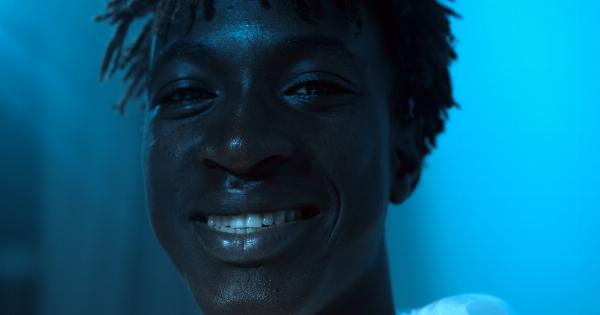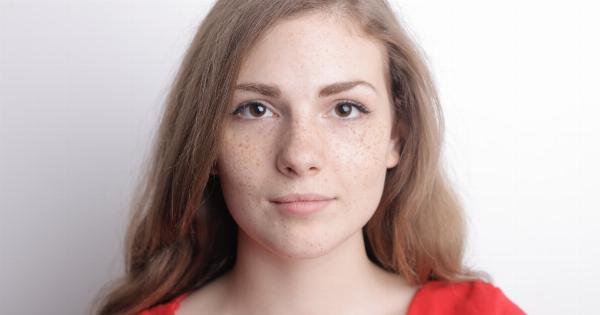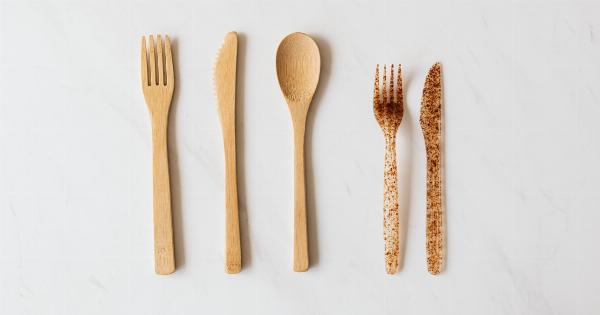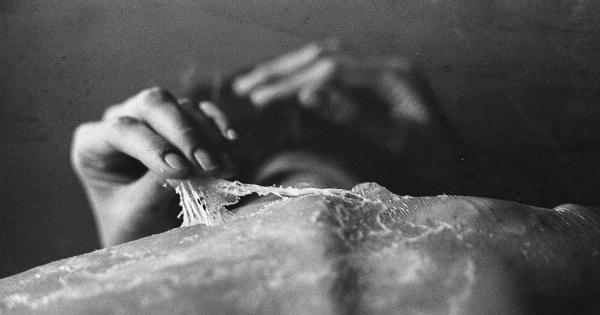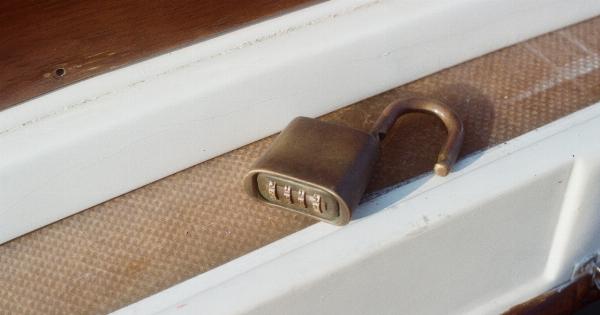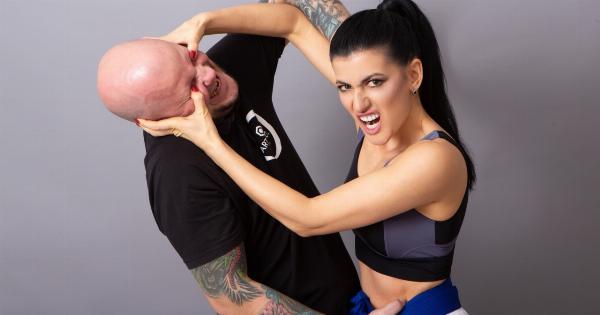Facial wrinkles are a natural part of the aging process. As we age, the skin loses its elasticity, and the production of collagen and elastin slows down.
However, wrinkles can appear for various reasons besides aging, such as genetics, sun damage, smoking, stress, and poor nutrition.
But did you know that the location and type of wrinkles on your face can also provide insights into your health? Our face is a reflection of our health, and wrinkles can tell us a lot about our lifestyle, habits, and potential health issues.
In this comprehensive guide, we will explore the different types of wrinkles, their meanings, and what you can do to prevent or minimize them.
Forehead Wrinkles
Forehead wrinkles are horizontal lines that appear on the forehead from furrowing your eyebrows, raising your eyebrows, or expressions of surprise or worry. Forehead wrinkles can appear at any age, but they become more prominent as people get older.
Meaning: Forehead wrinkles are common signs of aging caused by the loss of elasticity and collagen in the skin. But they can also indicate stress, dehydration, and poor sleep.
In some cases, forehead wrinkles can be a sign of an overactive thyroid or neurological issues.
Prevention: Protect your skin from the sun by wearing sunscreen and a hat, stay hydrated by drinking enough water, manage stress through relaxation techniques, and get enough sleep.
Frown Lines
Frown lines, also known as glabellar lines or “11” lines, are vertical wrinkles that appear between the eyebrows from frowning or squinting. Frown lines can make you look angry, tired, or unhappy even when you’re not.
Meaning: Frown lines are usually caused by repeated facial expressions and are more noticeable in people who frequently frown or scrunch their eyebrows. They can also be a sign of stress, anxiety, and poor sleep.
In some cases, frown lines can be a symptom of cervical dystonia, a neurological condition that causes involuntary muscle contraction in the neck and face.
Prevention: Avoid repetitive facial expressions that cause frown lines, wear sunglasses to protect your eyes, manage stress, and get enough sleep.
Crow’s Feet
Crow’s feet are small, fine wrinkles that appear at the corners of the eyes from smiling or squinting. Crow’s feet are one of the most common types of wrinkles that people develop.
Meaning: Crow’s feet are usually caused by sun damage and age-related thinning of the skin. They can also be a sign of smoking, as smoking reduces collagen production and damages the skin’s elasticity.
In rare cases, crow’s feet can be a sign of Bell’s Palsy, a neuromuscular disorder that causes facial muscle weakness.
Prevention: Protect your skin from the sun, avoid smoking, wear sunglasses to protect your eyes, and use a good moisturizer to keep your skin hydrated.
Nasolabial Folds
Nasolabial folds, also called smile lines or laugh lines, are the creases that form between the nose and the mouth when you smile or laugh. Nasolabial folds become more prominent as people age and their skin loses elasticity.
Meaning: Nasolabial folds are natural signs of aging and are usually not a cause for concern. However, deep nasolabial folds can be a sign of sun damage, smoking, or excessive weight loss that causes a loss of facial fat.
In some cases, nasolabial folds can be a sign of a hormonal imbalance or hypothyroidism.
Prevention: Protect your skin from the sun, don’t smoke, maintain a healthy weight, and use a good moisturizer to keep your skin hydrated.
Marionette Lines
Marionette lines are the creases that run from the corners of the mouth down to the chin, resembling the lines of a marionette puppet.
Marionette lines become more noticeable as people age and their skin becomes less elastic, but they can also be present in younger people.
Meaning: Marionette lines can be caused by a loss of collagen and elastin in the skin, sun exposure, smoking, and poor nutrition. In some cases, marionette lines can be a sign of dental problems or a misaligned bite.
Prevention: Protect your skin from the sun, don’t smoke, eat a healthy diet rich in fruits and vegetables, and maintain good oral hygiene.
Smoker’s Lines
Smoker’s lines, also called lipstick lines, are vertical lines that appear above the upper lip from smoking or pursing the lips. Smoker’s lines can make the lips appear thin and aged.
Meaning: Smoker’s lines are directly related to smoking, as smoking reduces collagen production and damages the skin’s elasticity. In some cases, smoker’s lines can be a sign of excessive alcohol consumption or dehydration.
Prevention: Quit smoking, limit alcohol consumption, and stay hydrated by drinking enough water.
Mental Crease
Mental crease, also called the chin strap, is a horizontal line that appears on the chin, resembling a crease in a piece of cloth. Mental crease can be present in people of any age, but it becomes more noticeable as people get older.
Meaning: Mental crease can be caused by genetics, sun damage, smoking, and poor nutrition. In some cases, mental crease can be a sign of a hormonal imbalance or a thyroid problem.
Prevention: Protect your skin from the sun, don’t smoke, eat a balanced diet, and manage stress through relaxation techniques.
Conclusion
Facial wrinkles are a natural part of the aging process, but they can also be signaling deeper issues such as stress, hormonal imbalances, smoking, sun damage, and poor nutrition.
By understanding the meaning behind different types of wrinkles and their causes, you can take steps to prevent or reduce them and improve your overall health and well-being. Always remember to protect your skin from the sun, stay hydrated, eat a balanced diet, and manage stress through relaxation techniques.







